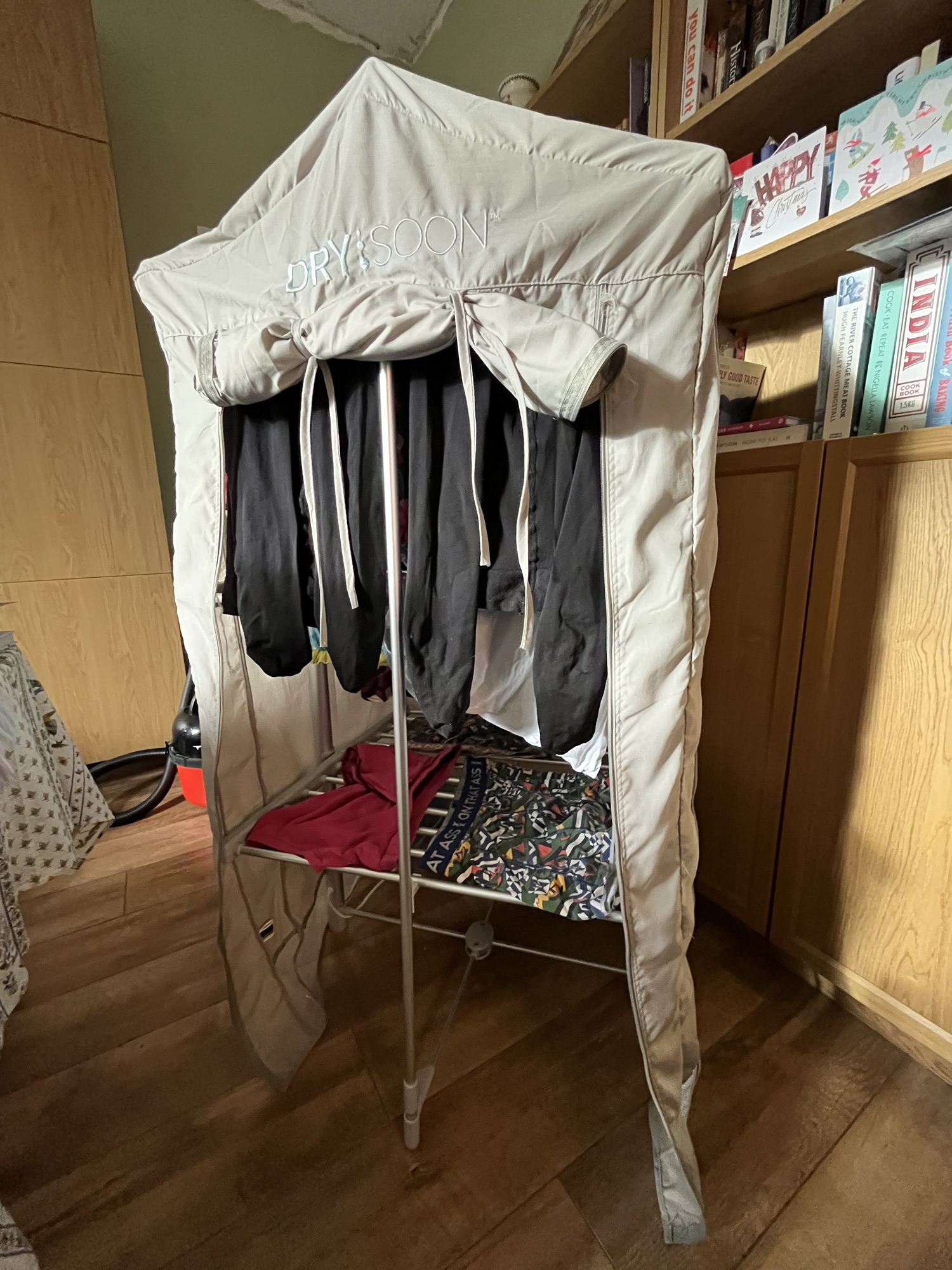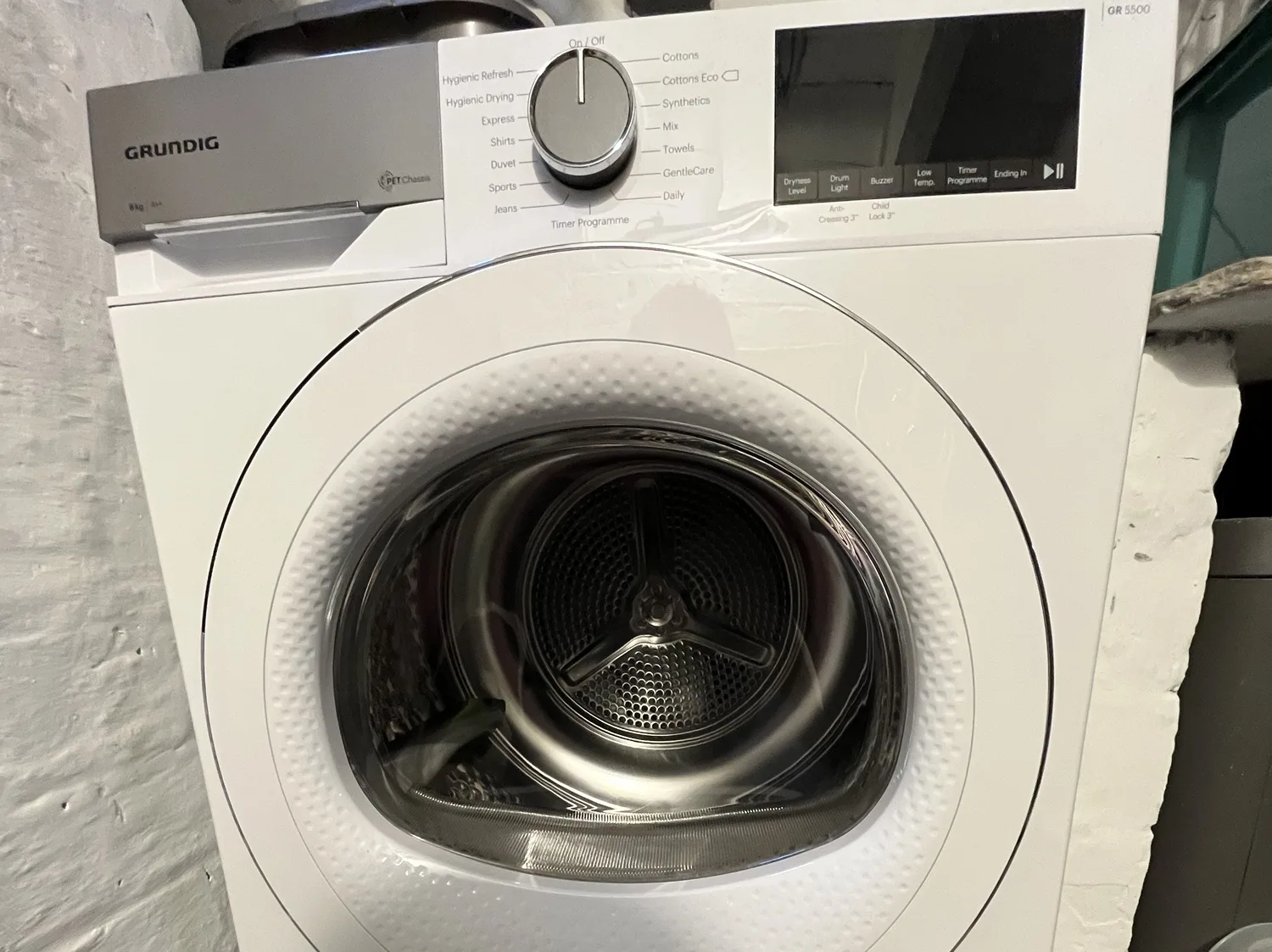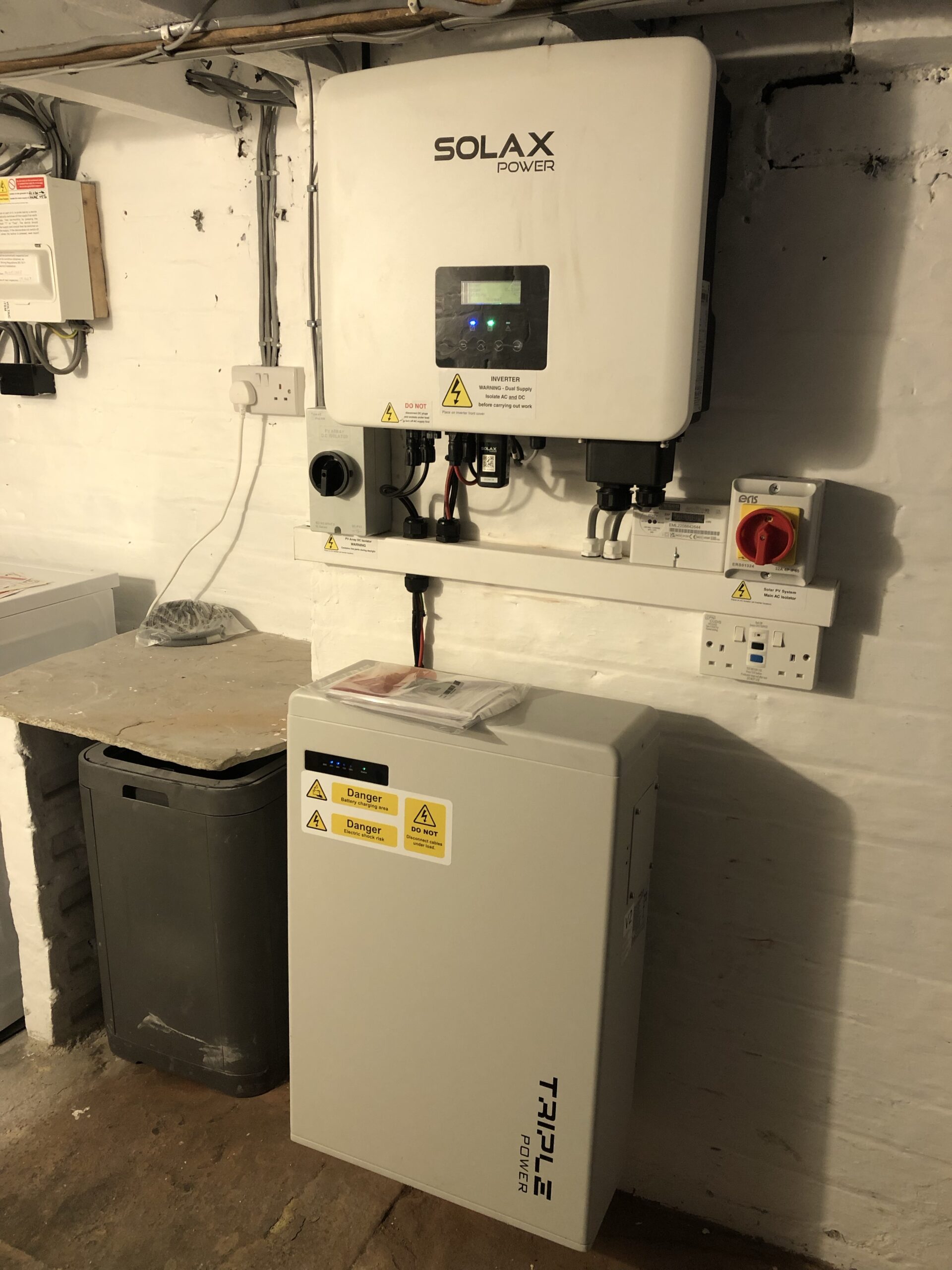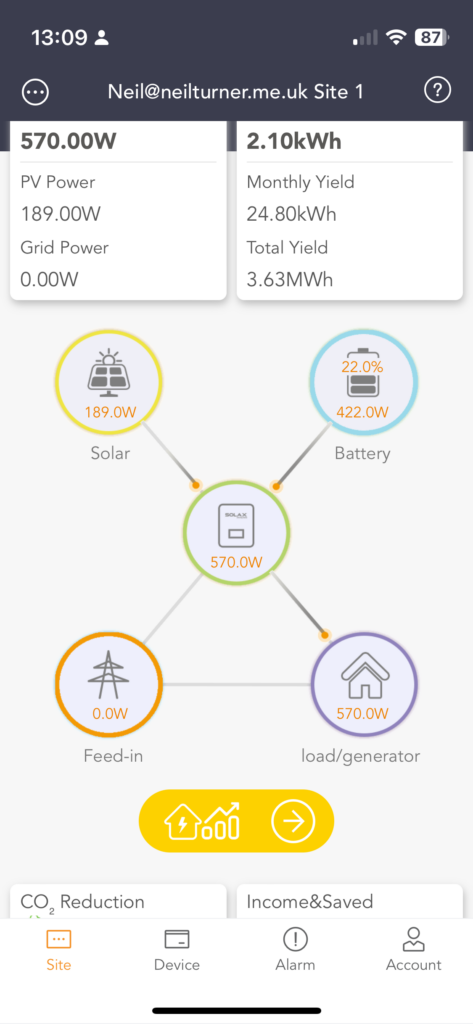So, after spending thousands of pounds on a new kitchen, you would think that we’re done with home improvements for a while.
Erm, no. Because even though we’re not yet at the end of January, we’ve used the last of our savings, some money from The Bank of Mum and Dad, and a small amount of new borrowing to pay for the installation of solar panels.
I would show you a photo of them, but that’s hard to do without also sharing a photo of our house, which I’m loathed to do publicly. Instead, here’s a photo of the interior kit – namely, the inverter and the battery.
The battery is an optional add-on to solar systems and is designed to offer additional off-grid power at the time when the solar panels aren’t working – i.e. dull days or at night. It can store up to 6 kWh of electricity, and there’s a pair of plug sockets that are attached to the battery, meaning that we have backup electricty in the event of a mains grid power cut.
Here are our reasons for having a solar panel installation:
Saving money
Energy prices have increased everywhere recently, but especially in the UK where many of our power stations work by burning natural gas. Gas prices were already on the rise when Russia declared war on the Ukraine, and pushed prices even higher as countries started to reduce their reliance on Russian gas. So, switching to a renewable source of power that doesn’t cost money to generate (once the panels are installed and paid for) seems like a good idea.
January is a bit of an odd time to have them installed, though. The days are short, and we only get about 6 hours of usable daylight for generating electricity as I write this – normally 9:30am until 3:30pm. Yes, it’s light from around 8am but the sun needs to have moved around sufficiently to be shining onto the panels to get more than just a few watts of power.
Last week was very, very cold but with clear, sunny afternoons. That was enough for the panels to generate around 2.5 kW – and normally, when I’m working at home without any appliances on (e.g. washing machine, dishwasher, cooker etc.) we only use about 250 W of power. So, that’s a lot of overflow to also charge the battery and there were several days where it was fully charged at sunset. That then gave us enough power for teatime and up until beyond bedtime, meaning that we weren’t paying for grid energy.
Right now, it’s saving us between £1 and £2 per day, depending on the weather and how much energy we’re using. Our savings will increase soon, once we have our Microgeneration Certification Scheme (MCS) certificate, which will allow us to be recompensed for the excess energy that we can sell back to the mains grid under the Smart Export Guarantee. Realistically it’ll be the end of next month before this is up and running, but it means that, once the battery is fully charged, we can make a bit of money back. Not much – at best, we can earn about 16p for kWh at present, which is less than half the 34 kWh we pay to use electricity – but we would already be a few pounds up by now if it had already been in place.
The app which links to the inverter can be configured to calculate your savings, so we have an idea of how much money we’re saving.
Doing our bit for the environment
You may choose to believe that climate change isn’t real, but I’m convinced, along with something like 99% of climate scientists that it is happening. So having solar panels means that we can actually do something tangible about it. Whilst renewable energy sources are forming an increasing proportion of Britain’s mains grid energy mix, burning natural gas is still the source of the majority of our electricity, and there are CO2 emissions involved. Also, gas supplies are finite, and so regardless of whether you believe in climate change, there will come a point when we run out of gas, or have to go to greater lengths to access it. Again, the inverter’s app approximates how much CO2 we’re saving, which is over 50kg in just over a week. I reckon that’ll be half a tonne by the end of the year, which seems like a staggering amount for just one household.
We are, of course, parents, and so by doing our bit, we can show our seven-year-old that we care about the planet that they’ll inherit.
International Geopolitics
I’ve mentioned Russia’s invasion of Ukraine, and I suppose this could be a small act of solidarity with the Ukrainian people. Whilst Britain only sources a small amount of its gas from Russia, if that could be reduced to zero then that’s a lot of money that Russia isn’t getting to fuel its war machine. I’d like to think we’re helping, even if it’s only a tiny contribution.
Resilience
I mentioned above that, attached to the battery, are a pair of plug sockets which draw power only from the battery. If there’s a power cut, then these sockets will still provide power, so long as there’s some charge left in the battery. Indeed, the inverter normally avoids depleting the battery completely – typically it’ll leave 10-20% charge behind.
Even it’s sunny and the panels are generating, should the mains grid go offline (i.e. we get a power cut), then unfortunately all the regular sockets and lights in our house will go off too. But this extra pair of sockets will keep going, and so we could, for example, run a long extension cable up from the cellar to the freezer, to keep that going. We’ve had a couple of short power cuts in recent months, but these have been no more than 10 minutes at a time thankfully.
What to consider if you want solar panels
Our system cost a low five figure sum to install, and was done by a local firm. We got three quotes and all were almost exactly the same, so this seemed to be the going rate. There’s a great guide on MoneySavingExpert about whether they’re worth it, and I suggest that you also read that, as well as my own experiences.
These are things you need to consider:
- You need a pro-dominantly south-facing roof; ours faces south-west, which is okay but not perfect. If your roofs point east or west, then solar panels probably aren’t for you.
- You will get more out of solar panels if you can use the energy whilst it’s sunny. So, you’ll need to use the delayed start on power hungry devices like tumble dryers and dishwashers, so that you’re using them when the panels are working. If you work at home, you may benefit more, and especially if you have an electric or plug-in hybrid car that you can charge at home during daylight hours.
- Solar panels will help with electricity, but not with your gas bill. So, you’ll get less of a benefit if you have a gas oven, or if you don’t have an immersion heater in your hot water tank. Annoyingly, in hindsight, we ripped out our hot water tank in 2016 and replaced it with a combi gas boiler, although as part of our kitchen renovations, we bought new electric hobs and ovens. Conversely, if your heating and hot water is electrically-powered, perhaps using a heat pump rather than a gas boiler, you could benefit more from solar panels.
- In a similar vein, to maximise your savings, you may consider boiling an electric kettle for hot water for washing up, or using an electric shower to fill a bath. Using a slow cooker during daylight hours may be more economical than a cooker in the evening.
- The return on investment period for solar panels is about 11 years, so it’s probably best to install them in a house where you don’t plan to move any time soon.
- It’s probably best not to borrow all of the money for solar panels. Whilst you can save hundreds of pounds per year, through less usage and selling back your excess to the grid, the interest payments on any borrowings will extend the return on investment period. We’re borrowing around £4000 to fund the panels, which I’m funding using a credit card balance transfer to keep the interest down, but the rest was savings and a parental gift.
- You probably won’t need planning permission, unless your house is a listed building or you live in a conservation area.
I’ll aim to post again in the summer, once our Smart Export Guarantee is set up and we have some sunnier weather, to indicate how much we’re saving.




